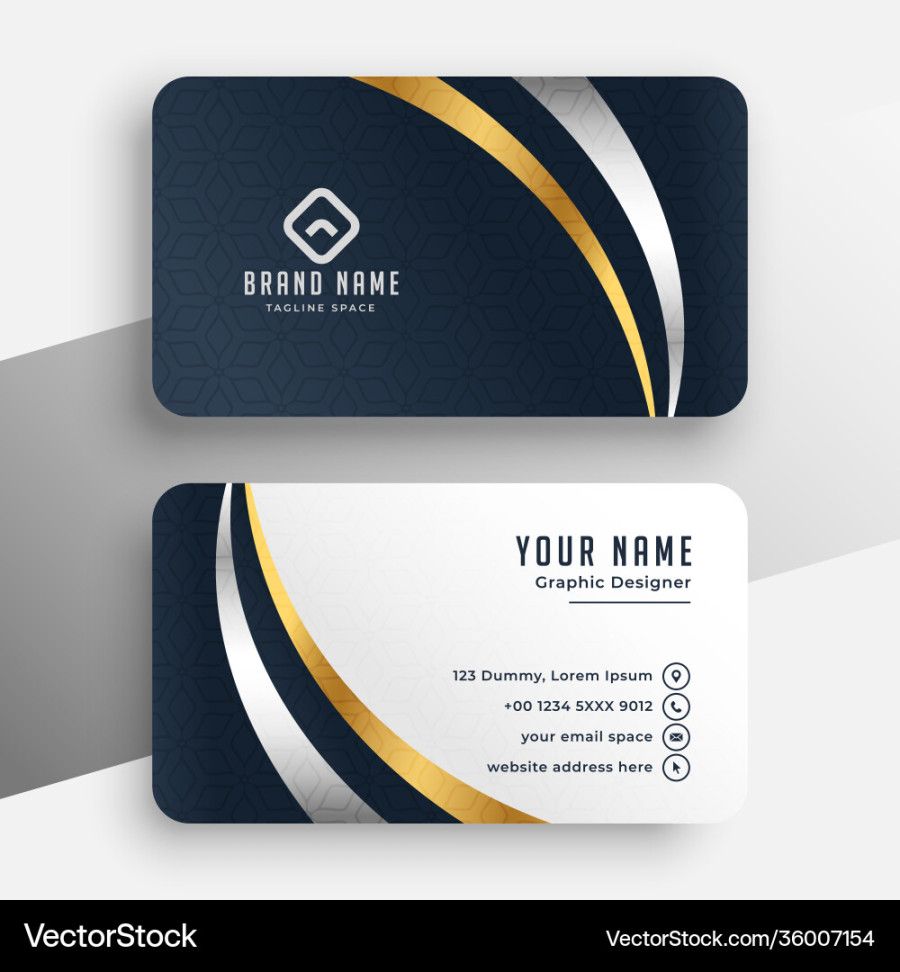Designer visiting Cards, often referred to as business cards, serve as essential marketing tools for designers. They provide a concise and visually appealing representation of your brand, leaving a lasting impression on potential clients and collaborators. This guide will delve into the key elements that contribute to the creation of professional and impactful designer visiting cards templates.
Design Elements for Professionalism and Trust

Typography:
The choice of typography plays a crucial role in conveying professionalism and trust. Opt for fonts that are clean, legible, and exude a sense of sophistication. Sans-serif fonts like Helvetica, Arial, or Roboto are popular choices for their modern and minimalist aesthetics. Consider using a combination of fonts for different text elements, such as headings and body copy, to create visual interest and hierarchy.
Color Scheme:
A well-chosen color scheme can enhance the overall appeal and memorability of your visiting card. Stick to a limited palette of colors that complement each other and align with your brand identity. Consider using a color scheme that evokes feelings of trust, credibility, or creativity.
Layout and Composition:
The arrangement of elements on your visiting card is essential for achieving a balanced and visually appealing design. Ensure that the layout is clean and uncluttered, allowing ample space for each element. Use a grid system to maintain consistency and alignment. Experiment with different layouts, such as single-sided or double-sided, to find the best fit for your needs.
Imagery:
If you choose to include imagery on your visiting card, ensure it is high-quality and relevant to your brand. Avoid using overly generic or cluttered images. Consider using a professional headshot or a representative sample of your work.
Contact Information:
Clearly display your contact information in a prominent and easily readable manner. Include your name, professional title, company name, address, phone number, email address, and website URL. Consider using a QR code to provide a convenient way for people to access your digital contact information.
Call to Action:
A clear call to action can encourage recipients to take the next step, such as visiting your website or contacting you for a consultation. This could be a simple phrase like “Let’s create something amazing together” or a more specific Invitation to schedule a meeting.
Branding Elements:
Incorporate your brand’s logo, tagline, or other distinctive elements into your visiting card design. This will help reinforce your brand identity and create a cohesive visual experience.
Additional Considerations
Paper Quality:
The quality of the paper used for your visiting cards can significantly impact their perceived value. Opt for a high-quality paper stock that is thick, durable, and has a pleasant texture. Consider using a paper with a subtle texture or a slight sheen to add a touch of sophistication.
Finishing Touches:
Finishing touches can elevate the appearance of your visiting cards and make them stand out. Consider options such as embossing, foiling, or die-cutting to add a unique and personalized element.
Printing:
Choose a reputable printing service that specializes in high-quality business cards. Ensure that the printing process is accurate and produces consistent results. Consider using offset printing for large quantities or digital printing for smaller runs.
By carefully considering these design elements and incorporating your unique brand identity, you can create professional designer visiting cards templates that leave a lasting impression and contribute to your success as a designer.